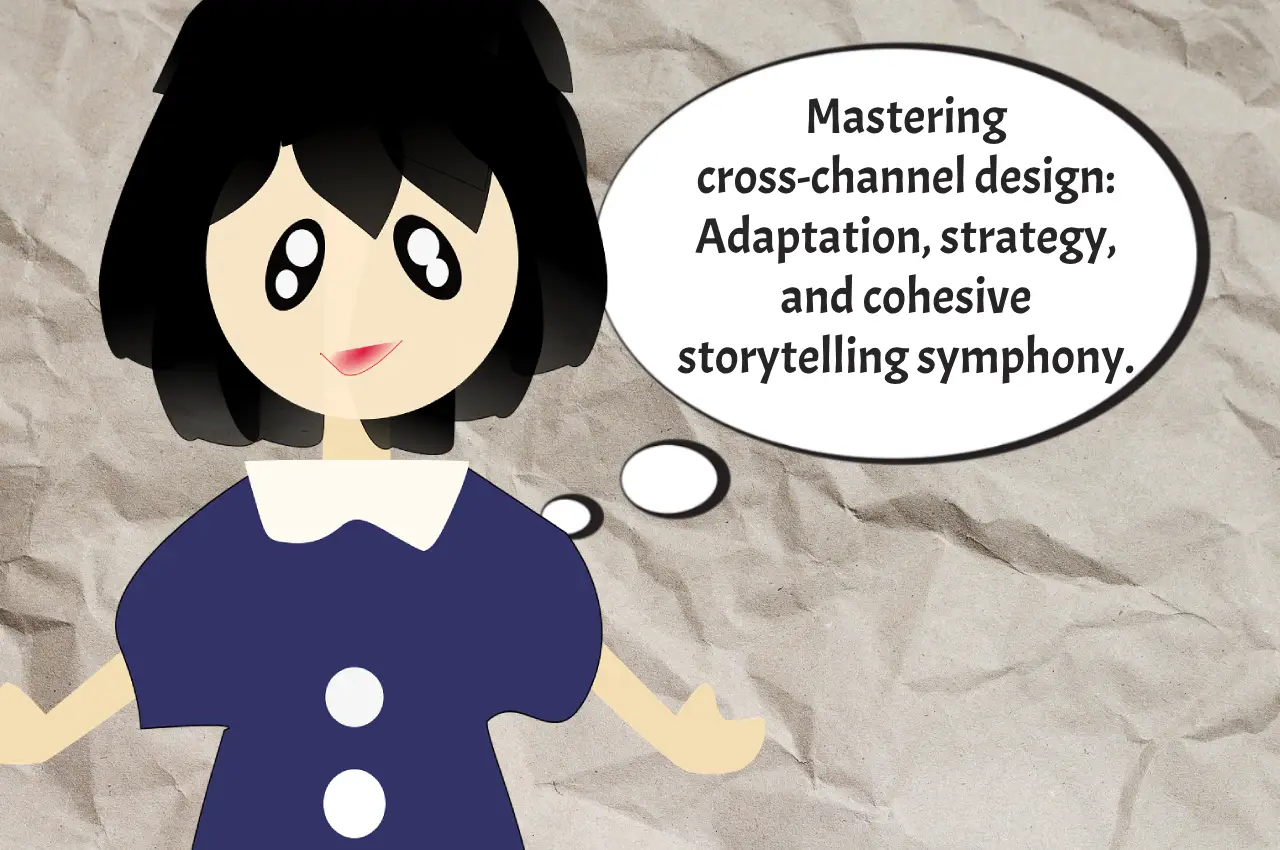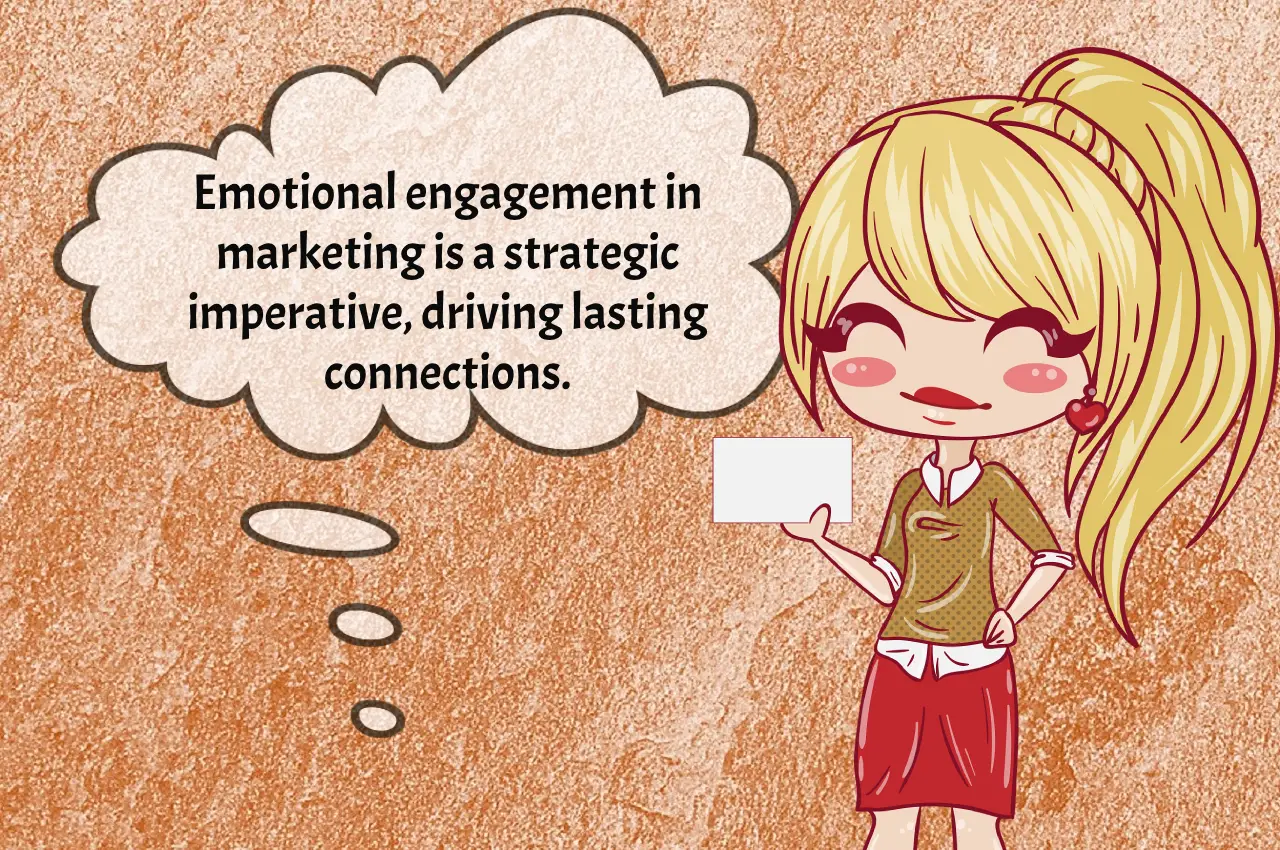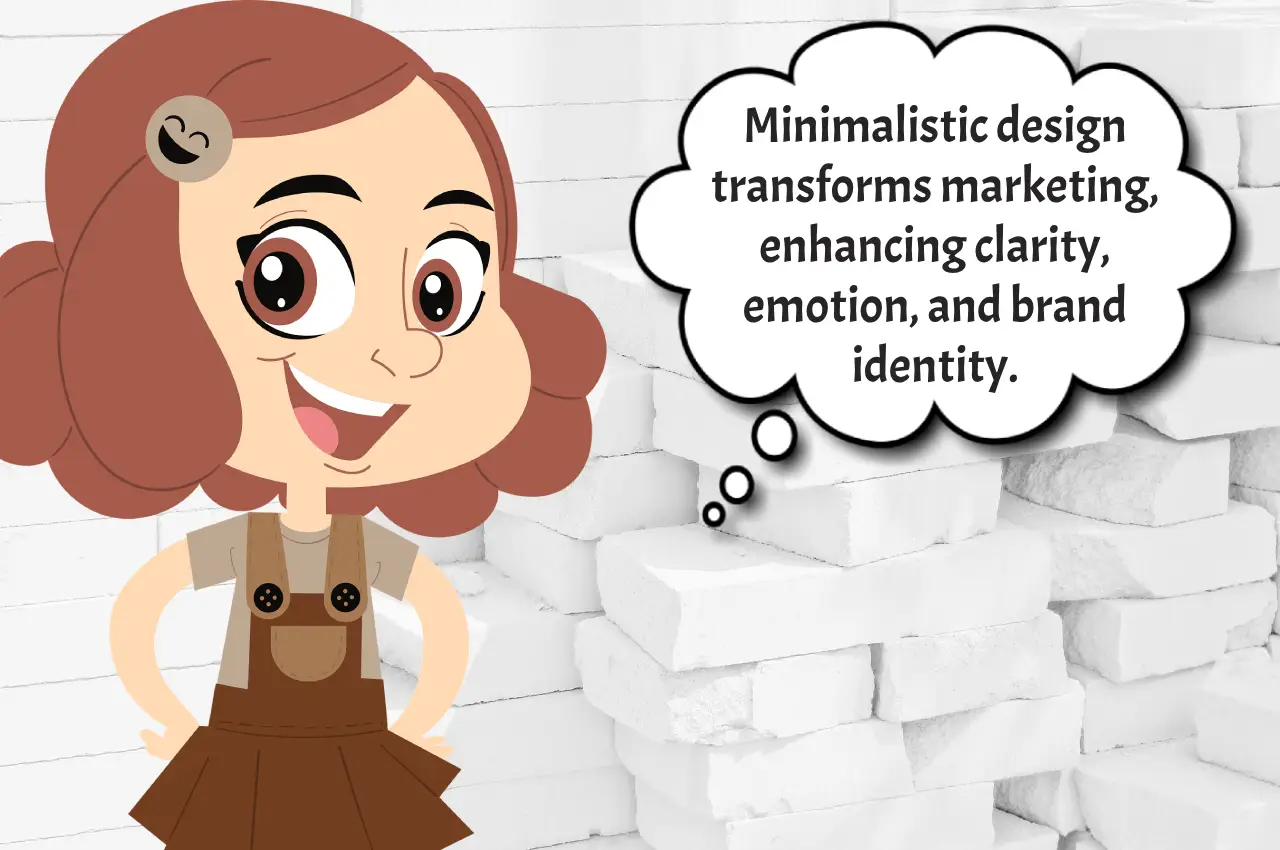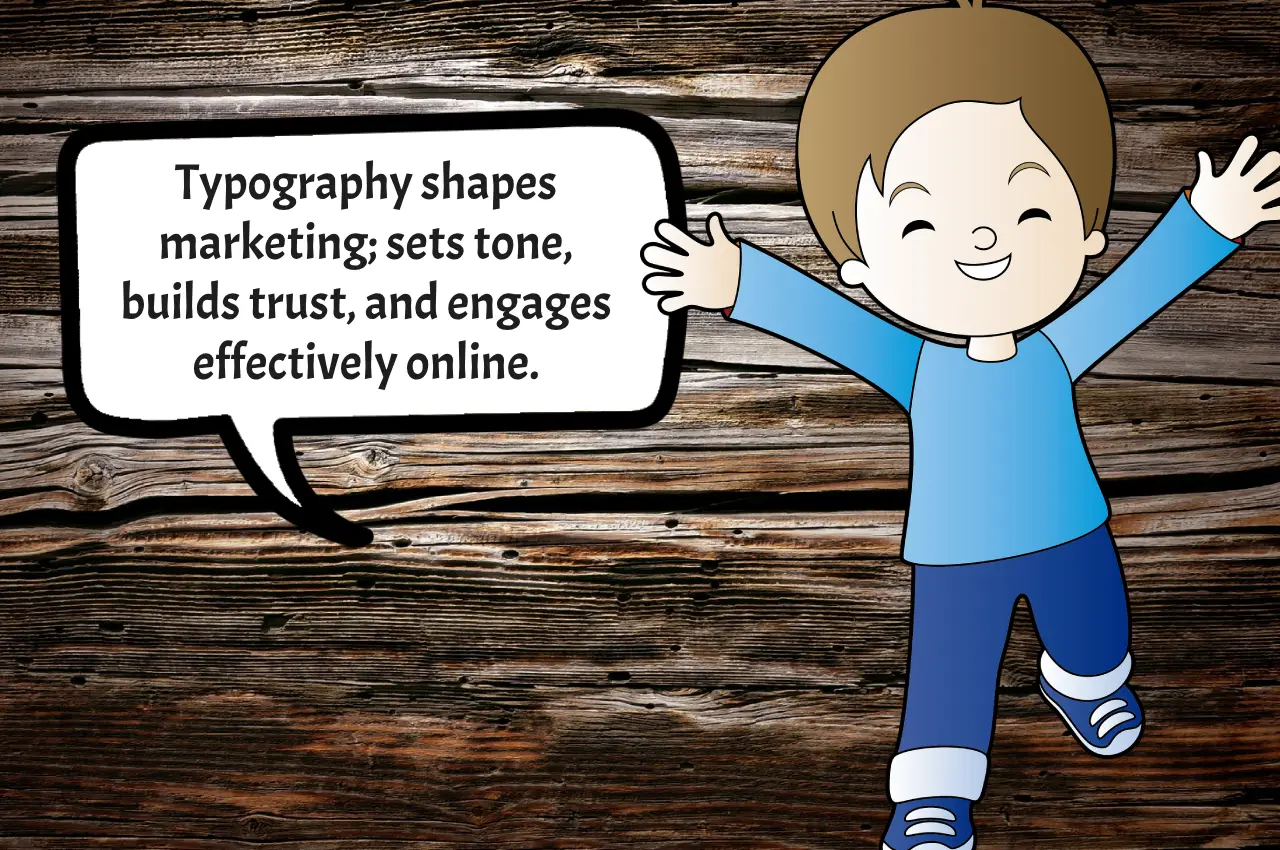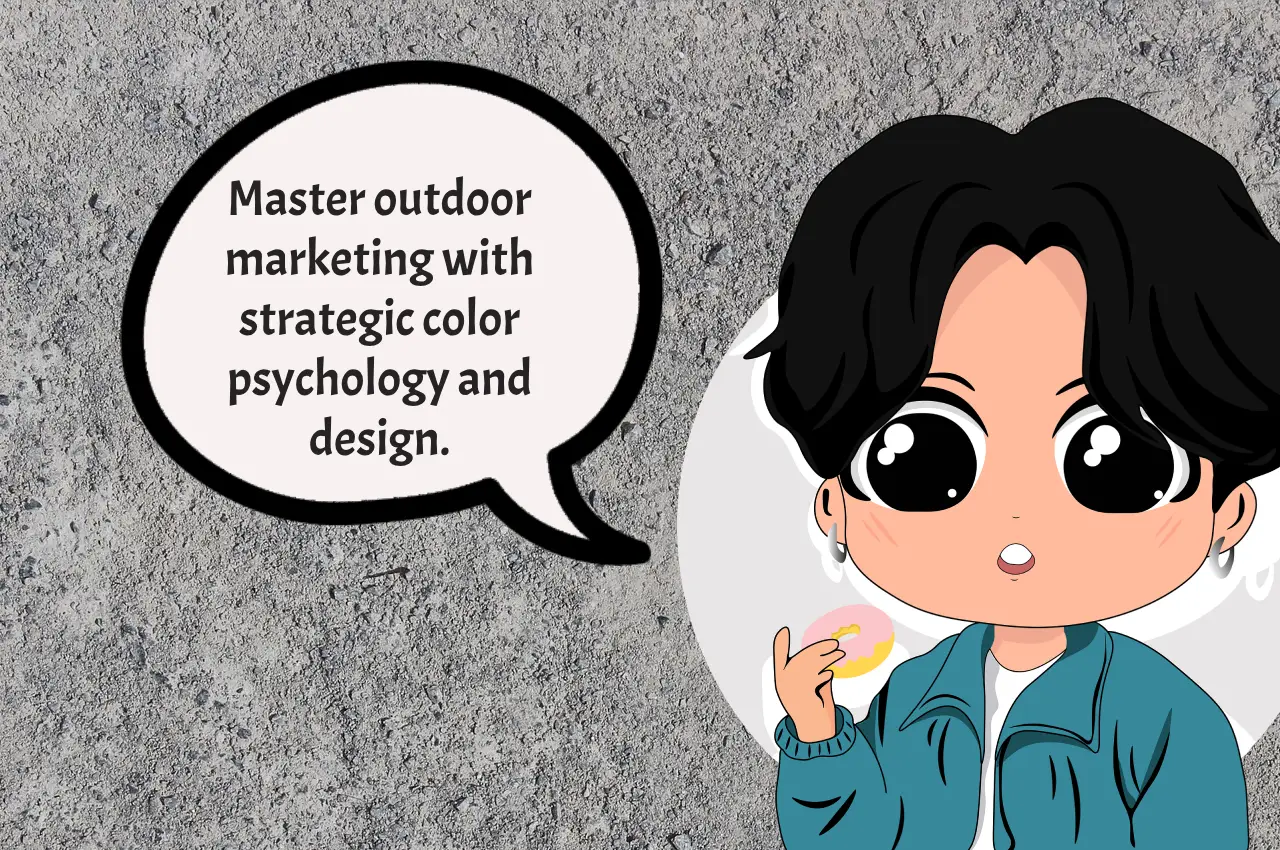In the ever-evolving panorama of design, the ability to adapt and excel across different mediums is not just a skill—it’s an art. Navigating the intricate journey from the luminous pixels of the digital world to the tangible embrace of print requires a nuanced understanding and a mastery of the unique challenges presented by each realm. In this comprehensive blog post, we delve deep into practical cross-channel design strategies for thriving in both digital and print landscapes.
Understanding the Digital and Print Divide
Let’s start by dismantling the enigma that often shrouds the divergence between digital and print. Digital design thrives on its inherent flexibility and interactive nature, while print, with its palpable permanence, invites designers to explore the tangible essence of visuals. Recognizing these intrinsic differences becomes the foundation upon which the edifice of cross-channel mastery is erected.
Color Consistency: The Bedrock of Fluid Design
Ever encountered the perplexing shift in color appearance when transitioning from screen to paper? This phenomenon can be attributed to the divergence in color models—RGB (red, green, blue) for digital devices and CMYK (cyan, magenta, yellow, and key or black) for print. Grasping this fundamental dichotomy equips designers to navigate the nuances of cross-channel design and avoid unexpected surprises in the translation from screen to print.
Typography: Beyond Fonts and Characters
Typography, a linchpin of design, undergoes a transformation when transitioning from the digital to the print realm. Digital typography emphasizes legibility across diverse devices and screen sizes, while print demands a focus on readability and the physical interaction with the page. Choosing fonts that gracefully traverse both mediums becomes an art in itself.
Sarah’s Odyssey
Embark on the journey of Sarah, a seasoned graphic designer who, amidst creating a visually striking digital ad campaign, stumbled upon unexpected challenges when it hit the print press. The vibrant colors morphed into a muted palette, and the text lost its clarity. Sarah’s firsthand experience underscores the significance of designing with a holistic vision that embraces both digital and print dynamics from the project’s inception.
Layout and Composition: Navigating Medium Constraints
Crafting layouts that seamlessly adapt to diverse screen sizes in the digital realm and maintaining visual coherence within fixed print dimensions present unique challenges. A delicate dance between flexibility and consistency is the key to ensuring a harmonious transition across channels.
Images and Resolution: The Quest for Clarity
In the realm of print, high-resolution images are imperative to steer clear of pixelation, but the digital landscape demands a delicate balance between image clarity and file size efficiency. Striking this equilibrium is pivotal in ensuring a visually appealing design that remains nimble across digital platforms.
The Interactivity Element in Digital
Beyond aesthetics, digital design introduces the element of interactivity. Buttons, links, and dynamic components add a layer of engagement not found in print. Understanding how this interactivity translates to a tactile experience in print is a crucial aspect of cross-channel design mastery.
Embracing the Power of Storytelling
A compelling narrative weaves through both digital and print, providing a cohesive thread that binds diverse mediums. Stories resonate with audiences, creating a memorable brand experience that transcends the limitations of pixels or paper.
The Feedback Loop: A Symbiotic Relationship
Digital’s real-time feedback contrasts with the tactile feedback garnered from print materials. Leveraging insights from both mediums creates a symbiotic relationship, where each informs and refines the other, resulting in a more refined and impactful design.
Sustainability in Design
In the contemporary design landscape, sustainability is not merely a buzzword but a responsibility. From eco-friendly print materials to energy-efficient digital practices, designers are called upon to consider the environmental impact of their creations.
Consistency is Key
In the tapestry of design, brand identity should remain recognizable, whether viewed on a digital screen or in the form of a printed document. Consistent use of color, typography, and imagery serves as the compass guiding users through a seamless brand experience.
Technology Tools: Allies in the Design Odyssey
Design software stands as a designer’s trusty companion in the cross-channel journey. Leveraging tools like Adobe Creative Suite, equipped to handle the intricacies of both digital and print formats, is a strategic move towards design mastery.
Continual Learning and Adaptation
The design landscape is a dynamic terrain, constantly shaped by evolving trends and technologies. Remaining abreast of these changes in both digital and print realms is not just an option; it’s an imperative for designers aiming to stay relevant and effective.
The Final Product: A Cohesive Design Symphony
As the curtain falls on the design process, the ultimate goal is to present audiences with a seamless experience—whether they hold it in their hands or explore it on a digital screen. A cohesive design narrative should echo consistently, resonating with the audience regardless of the medium.
Cross-channel design mastery is a perpetual journey rather than a static destination. It involves understanding and embracing the distinctive challenges and opportunities each medium presents. Designers, as orchestrators of visual experiences, should strive to create memorable and impactful journeys, irrespective of whether they unfold on a smartphone screen or within the pages of a printed brochure.
The dialogue does not end here. I invite you to share your experiences and insights. Have you encountered challenges in cross-channel design? What strategies have proven effective for you? Your thoughts, stories, and lessons learned could contribute to a collective reservoir of knowledge. Let’s foster a community of designers mastering the art across all channels—leave your insights in the comments below!

